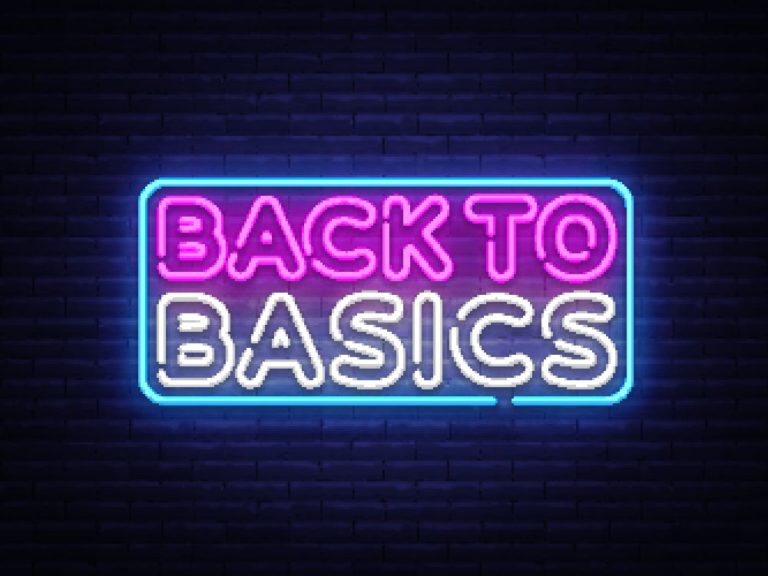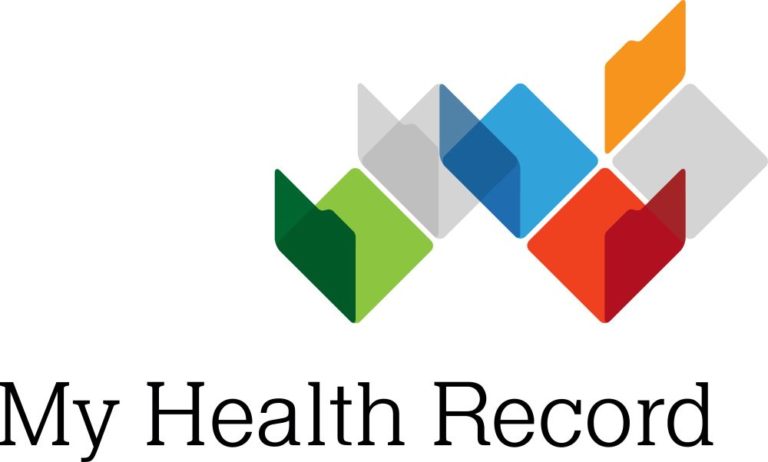[vc_row][vc_column][vc_column_text]
Why are people changing?
- According to a YouGov Galaxy research study commissioned by iSelect, approximately 1 million Aussies have decided to cancel their health insurance, with another 4 million planning to make the switch to a cheaper policy or reduce their coverage.
- According to iSelect, the average cost of private health insurance premiums is set to rise again by 3.25% on April 1 – an average increase of 26% over the last five years.
What has caused the shake-up?
- You may not know, but April 1 is also the date the Commonwealth Government’s new health reforms com into effect. iSelect say the reforms, including the recategorisation of policies to Gold/Silver/Bronze/Basic tiers, are the biggest shake-up to Australia’s private health insurance industry in more than a decade.
- The study also revealed concerning levels of confusion among Aussies with health policies, with almost 7.2 million of Aussie policy holders describing choosing the best policy as ‘confusing’.
- Almost a million Aussies believe they will be worse off with a reduced level of hospital cover as a result of the new tier system.
Fudging the Numbers?
- A News Corp Australia investigation of actual premium rises on individual policies has found the government’s boast of delivering the lowest average premium rise in 18 years -3.25 per cent — is deceptive. In fact, health fund members with top cover are facing premium rises of over 7 per cent from April 1.
- An analysis of premium rises in three of the top four health funds by News Corp Australia has found the government was able to deliver a low average increase because the junk health fund policies that cover not much at all have hardly risen in price.
KEY INSIGHT – iSelect’s guide to private health insurance changes:
- Gold/Silver/Bronze/Basic – all hospital policies will be categorised as either Gold, Silver, Bronze or Basic with minimum standards under each tier which will make it easier for customers to know exactly what they are covered for and to compare policies against each other.
- Higher maximum excess to reduce premiums – customers will be able opt for a higher excess ($750 for singles and $1500 for families) on eligible policies in exchange for lower overall premiums, saving up to $350 a year on a family policy.
- Youth discount – under 30s will benefit from discounts of 2-10% on eligible hospital policies. The younger they take out hospital cover, the greater the discount which will remain in place until they turn 41 and then phase out.
- Improved rural benefits – insurers will now be able to offer customers living in rural and regional Australia greater travel and accommodation benefits under their hospital policy if they need to travel to a metropolitan area for treatment.
- Natural therapies removed – while insurers will still be able to cover remedial massage, acupuncture and Chinese medicine as part of their extras policies, all other natural therapies will no longer be covered (including naturopathy, aromatherapy, homeopathy, pilates and yoga).
[/vc_column_text][/vc_column][/vc_row]




